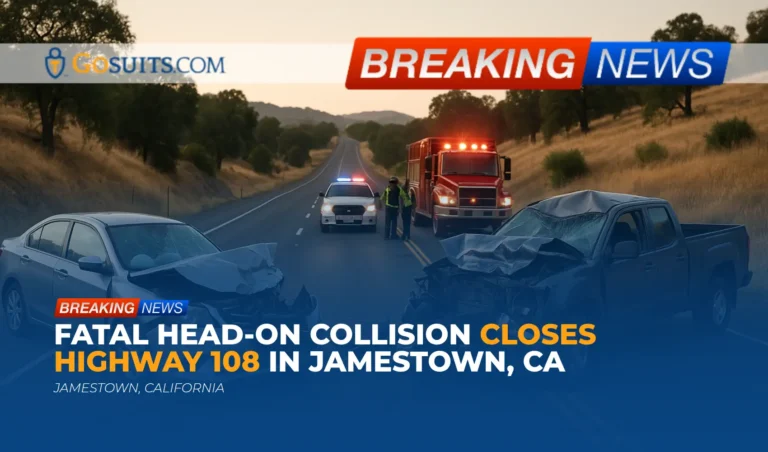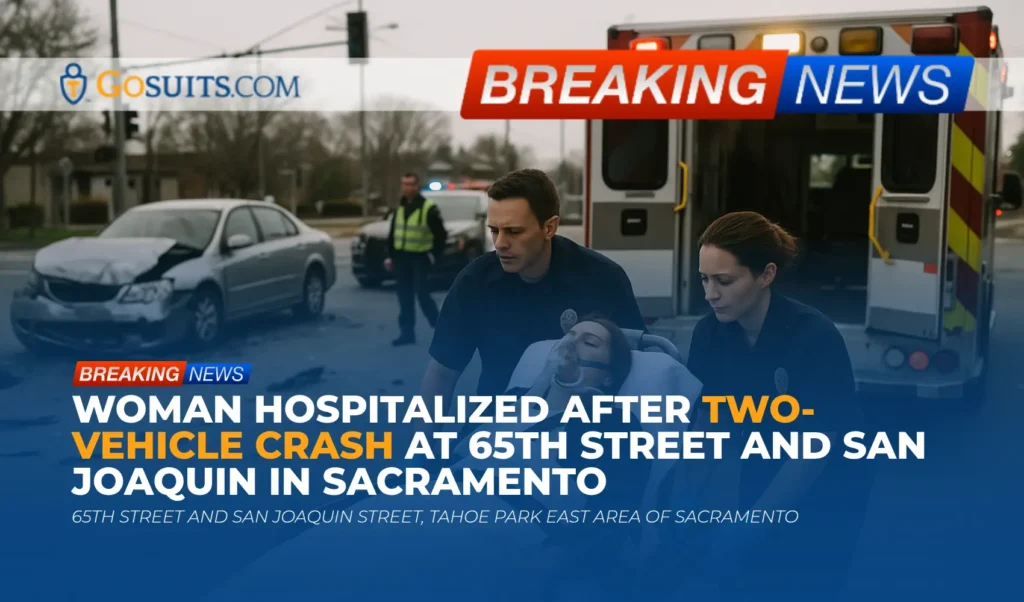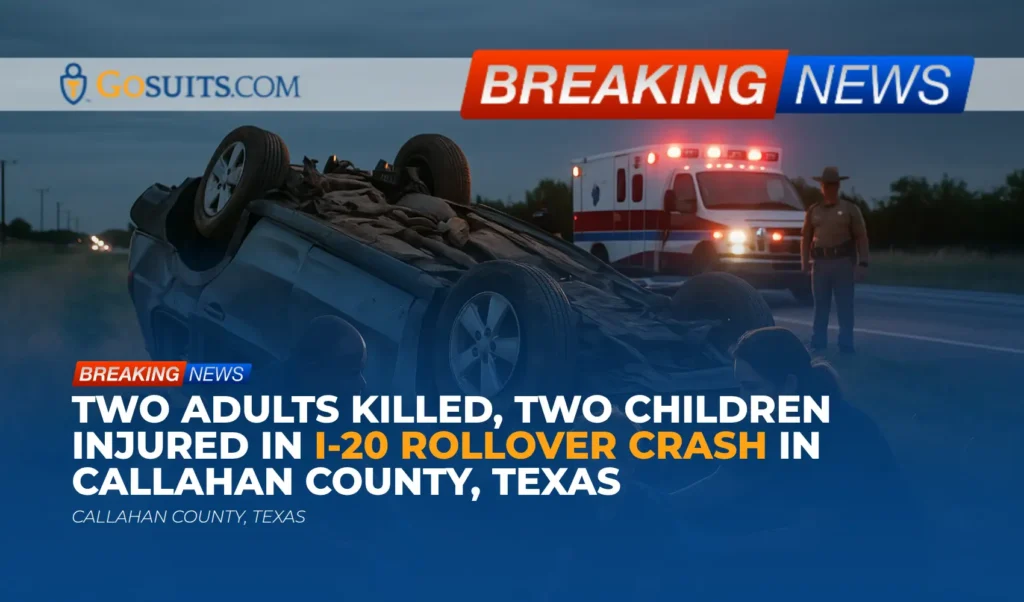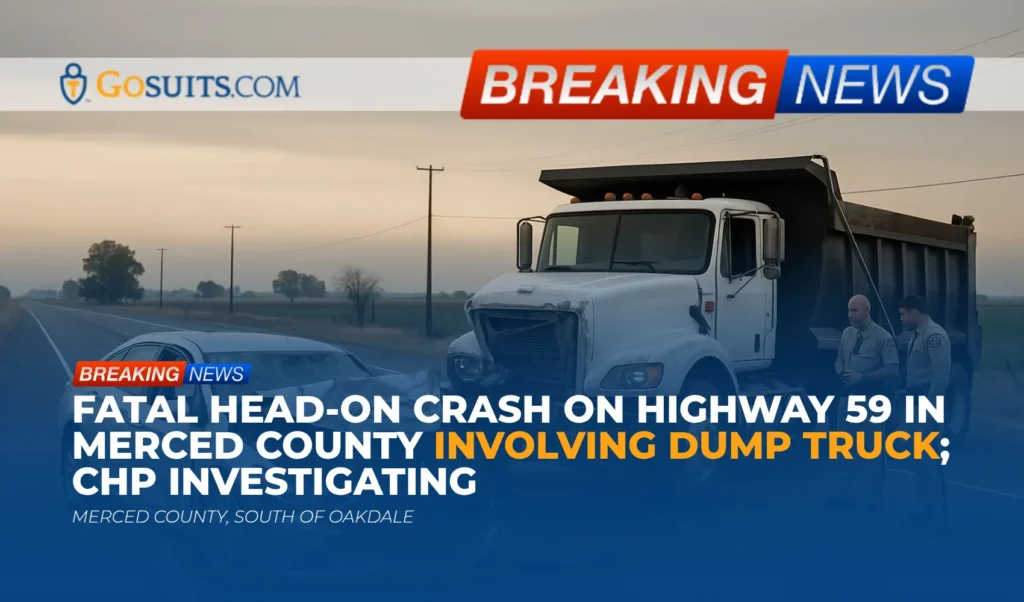On June 30, 2025, a tragic two-vehicle collision occurred on Highway 108 near Chicken Ranch Road in Jamestown, California, resulting in one fatality and the complete closure of both eastbound and westbound lanes. The incident, reported around 5:30 pm, involved a car fire, further complicating the emergency response efforts. The California Highway Patrol (CHP) is currently investigating the circumstances surrounding the crash, and drivers have been urged to avoid the area to allow emergency personnel to manage the scene effectively.
Details of the Accident
According to initial reports, the head-on collision occurred under circumstances that are still being investigated by the CHP. The severity of the impact led to a car fire, posing additional risks to those involved and the first responders. The closure of Highway 108, a critical artery in the region, has caused significant traffic disruptions, and motorists are advised to seek alternative routes until the investigation and cleanup are complete.
Impact on the Community
The accident has had a profound impact on the local community, not only due to the tragic loss of life but also because of the logistical challenges posed by the highway closure. Highway 108 serves as a vital link for residents, commuters, and tourists traveling through the area. The road closure has necessitated detours and delays, affecting travel times and potentially impacting local businesses that rely on the thoroughfare.
Understanding the Legal Ramifications of Head-On Collisions
Head-on collisions are among the most devastating types of traffic accidents, often resulting in severe injuries or fatalities. These accidents typically occur when a vehicle crosses the center line and collides with oncoming traffic. Several factors can contribute to head-on collisions, including driver error, distracted driving, driving under the influence, speeding, and mechanical failures.

Determining Liability in a Head-On Collision
In the aftermath of a head-on collision, a thorough investigation is crucial to determine the cause of the accident and establish liability. This investigation often involves law enforcement agencies, accident reconstruction specialists, and insurance companies. Key factors considered in determining liability may include:
- Traffic Laws Violations: Did either driver violate any traffic laws, such as speeding, running a red light, or driving under the influence?
- Distracted Driving: Was either driver distracted by cell phones, passengers, or other factors?
- Road Conditions: Did road conditions, such as poor visibility or inadequate signage, contribute to the accident?
- Mechanical Failure: Did a mechanical defect in either vehicle, such as faulty brakes or steering, play a role in the collision?
Potential Injuries and Damages
The physical, emotional, and financial consequences of a head-on collision can be substantial. Injuries sustained in such accidents can range from minor to catastrophic, often requiring extensive medical treatment, rehabilitation, and long-term care. Common injuries include:
- Traumatic brain injuries (TBIs)
- Spinal cord injuries
- Fractures
- Internal injuries
- Lacerations and contusions
- Emotional trauma and psychological distress
In addition to physical injuries, victims of head-on collisions may also incur significant financial damages, including:
- Medical expenses (past and future)
- Lost wages (past and future)
- Property damage
- Pain and suffering
- Emotional distress
Safety Measures to Prevent Head-On Collisions
Preventing head-on collisions requires a multi-faceted approach, including safe driving practices, proper vehicle maintenance, and infrastructure improvements. Drivers can take several steps to reduce the risk of head-on collisions:
- Avoid Distractions: Refrain from using cell phones, texting, or engaging in other distracting activities while driving.
- Obey Traffic Laws: Adhere to speed limits, traffic signals, and other traffic regulations.
- Drive Defensively: Be aware of your surroundings and anticipate potential hazards.
- Maintain Vehicle: Regularly inspect and maintain your vehicle to ensure it is in safe operating condition.
- Avoid Driving Impaired: Never drive under the influence of alcohol or drugs.
- Stay Alert: Get sufficient rest before driving and avoid driving when fatigued.
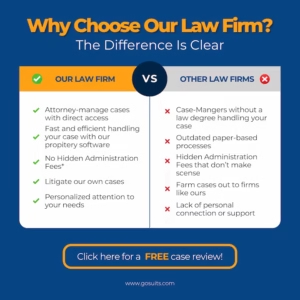
Commentary from Gosuits Jamestown, CA Personal Injury Attorney
The recent head-on collision on Highway 108 is a stark reminder of the potential for devastating consequences on our roadways. Accidents of this nature often raise complex legal questions, particularly regarding liability and the rights of victims and their families.
In personal injury cases stemming from head-on collisions, a detailed investigation is essential. This typically involves gathering evidence such as police reports, witness statements, photographs of the accident scene, and vehicle damage assessments. Accident reconstruction experts may also be consulted to analyze the collision dynamics and determine the factors that contributed to the crash.
From a legal standpoint, establishing negligence is a critical component of a personal injury claim. Negligence generally refers to a driver’s failure to exercise reasonable care while operating a vehicle, which results in injury or damages to another party. Common examples of negligence in head-on collision cases include distracted driving, speeding, impaired driving, and failure to maintain control of the vehicle.
When negligence is established, injured parties may be entitled to recover compensation for a range of damages, including medical expenses, lost wages, property damage, pain and suffering, and other related losses. In the tragic event of a fatality, the victim’s family may have the right to pursue a wrongful death claim to seek compensation for their losses, which can include funeral expenses, loss of financial support, and loss of companionship.
Insurance coverage plays a significant role in personal injury claims arising from head-on collisions. The at-fault driver’s insurance policy is typically the primary source of compensation. However, in cases where the at-fault driver is uninsured or underinsured, or where liability is disputed, navigating the insurance claims process can be challenging.
It is important for individuals involved in head-on collisions to understand their rights and legal options. Consulting with a seasoned personal injury attorney can provide valuable guidance and representation throughout the claims process. An attorney can help to investigate the accident, gather evidence, negotiate with insurance companies, and, if necessary, pursue legal action to protect the client’s interests and seek fair compensation for their losses.
